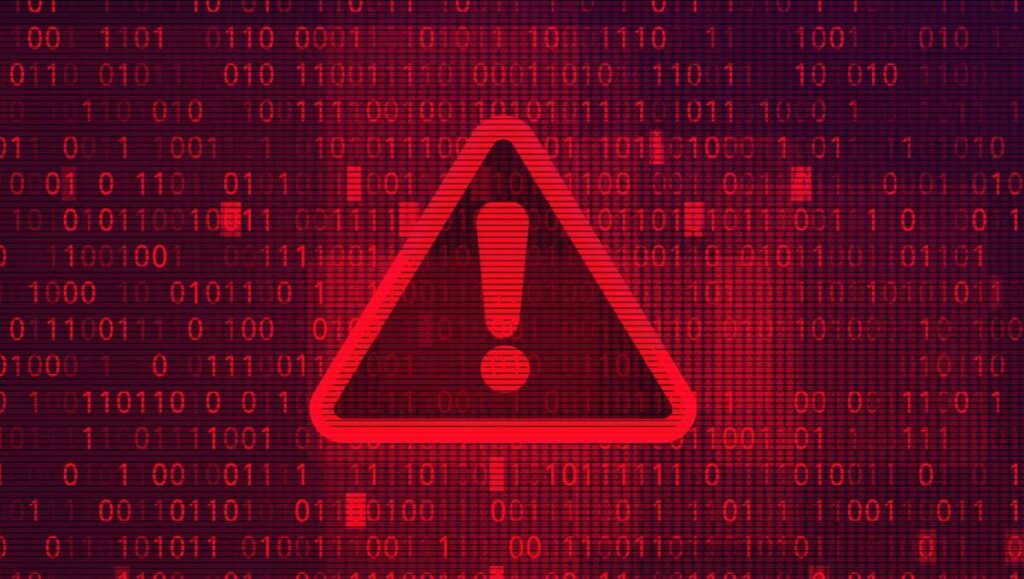
In a recent security disclosure, experts have raised alarms over a newly identified Windows vulnerability, CVE-2025-47981, describing it as a potential cyber threat of significant magnitude. This vulnerability, part of the 130 issues disclosed in Microsoft’s latest Patch Tuesday update, has already become a focal point for analysts and cybersecurity professionals.
The vulnerability, a heap-based buffer overflow in Windows SPNEGO Extended Negotiation, could allow attackers to execute code remotely. Rated as critical with a severity score of 9.8, it has been described by Benjamin Harris, founder and CEO of watchTowr, as having “the unfortunate hallmarks of becoming a significant problem.”
Understanding the Threat
The vulnerability targets SPNEGO, a crucial protocol used for negotiating authentication on critical services. These services, often internet-facing, include SMB, RDP, and IIS. The potential for remote code execution makes this vulnerability particularly dangerous. Harris warned that it could be “wormable,” capable of being used in self-propagating malware, reminiscent of the infamous WannaCry incident.
“It targets SPNEGO, the backbone protocol used to negotiate authentication on critical services, including those that are regularly internet-facing,” Harris explained. “Remote code execution is bad, but early analysis is suggesting that this vulnerability may be ‘wormable’.”
Microsoft has indicated that there are no prerequisites for exploiting this vulnerability. No authentication is required; network access is sufficient. The company has assessed the likelihood of exploitation as “More Likely,” suggesting that it is already on the radar of malicious actors.
Expert Opinions and Recommendations
Saeed Abbasi, senior manager for security research at the Qualys Threat Research Unit, expressed grave concerns about the vulnerability’s potential impact. “This isn’t just a bug – it’s a loaded gun pointed at your organisation,” Abbasi stated, emphasizing the urgency of addressing this threat.
“Once inside, the exploit can pivot to every Windows 10 endpoint that still has the default PKU2U setting enabled. We expect NEGOEX exploits to be weaponised within days, so attacks are imminent,” Abbasi warned.
Abbasi recommends patching within 48 hours, prioritizing internet-facing or VPN-reachable assets. For those unable to patch immediately, he advises disabling “Allow PKU2U authentication requests” via Group Policy Object (GPO) and blocking inbound ports 135/445/5985 at the network edge.
Historical Context and Comparisons
This development follows a series of high-profile cyber incidents that have underscored the vulnerabilities inherent in widely used software systems. The WannaCry ransomware attack of 2017, which exploited a similar vulnerability, caused widespread disruption and financial loss across the globe. The current situation bears a resemblance to that incident, prompting cybersecurity experts to advocate for swift action.
“If the private industry has noticed this vulnerability, it is certainly already on the radar of every attacker with an ounce of malice,” Harris remarked. “Defenders need to drop everything, patch rapidly, and hunt down exposed systems.”
Implications and Next Steps
The implications of this vulnerability are profound, potentially affecting a vast number of organizations worldwide. The urgency of the situation cannot be overstated, as the window for preemptive action is narrow. Organizations are advised to follow the guidance of experts and implement patches or mitigation strategies without delay.
Looking forward, this incident highlights the ongoing challenges in cybersecurity, particularly the need for proactive vulnerability management and rapid response capabilities. As the digital landscape continues to evolve, so too must the strategies employed to safeguard critical infrastructure and sensitive data.
The cybersecurity community will be closely monitoring developments related to CVE-2025-47981, as the potential for exploitation remains high. Organizations are encouraged to stay informed and vigilant, ensuring that their defenses are robust and up-to-date.







